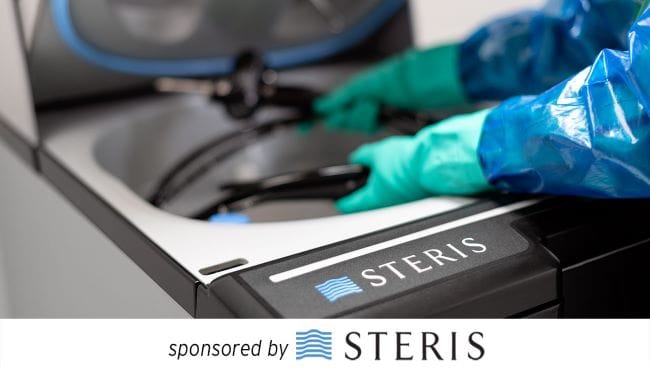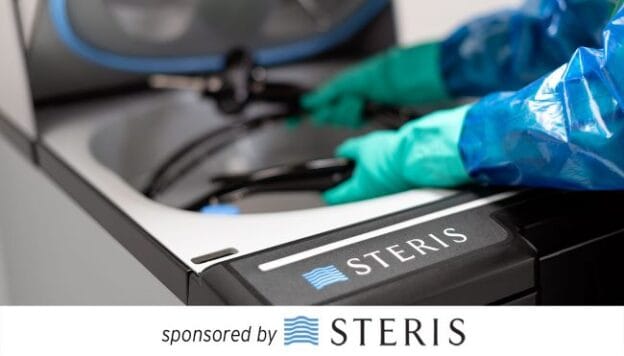By Arthur Henderson, RN, BA, CNOR, CRCST, CHL, ASQ-CQIA, GTS
In the world of sterile processing, active ingredients tend to be the focus. Often, this leads to a belief that all products with the same active ingredient perform the same. Nothing can be further from the truth. Nothing illustrates this more than pain killer medications, such as acetaminophen. Acetaminophen can include ingredients to make it a solid pill, a gel pill, or a liquid. Some ingredients cause the acetaminophen to be slowly released extending the time that it controls pain. Other ingredients help reduce the possibility of upset stomach from ingesting the medication. Though the active ingredient is the same in all these medications, the formulation significantly affects how the medication will work. Imagine if an individual with a sensitive stomach got a normal pill or a patient recovering from a procedure did not get the extended-release version.
Many sterile processing (SP) professionals assume that products using peracetic acid are all the same. Of greater concern is that this belief can lead to improper selection and use. Understanding how formulations work can help in proper selection and reinforce the need to follow the product’s instructions for use.
Learning Objectives
- Explain the effect that composition has on chemistry performance
- Describe the impact of inactive ingredients on oxidative chemistry performance
About the Author

Arthur Henderson, RN, BA, CNOR, CRCST, CHL, CQIA, GTS, is a senior clinical education specialist for STERIS Corporation. His areas of responsibility include education, clinical support, and troubleshooting issues related to sterilization, high-level disinfection, and infection control. Prior to STERIS, Arthur gained extensive perioperative management experience in acute care hospitals in both the OR and sterile processing departments. He has more than twenty-five years of experience as a registered nurse and has worked in a variety of specialties, including GI, open heart, neurosurgery, and cardiothoracic intensive care.





